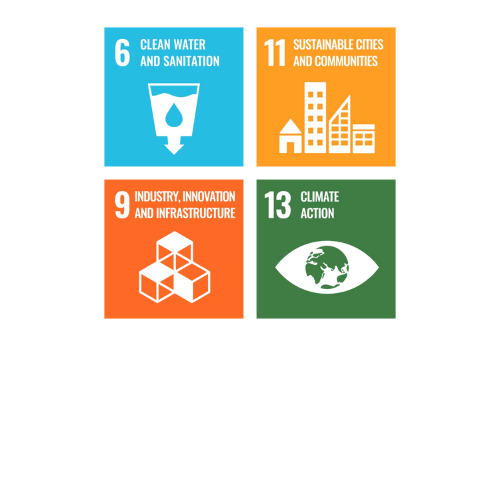What was the problem?
Oman loses almost 40% of its water supply to leaks in aging pipelines, costing the country billions and threatening sustainable water access. With a full network replacement planned by 2025, it’s critical to know which pipelines to prioritise first.
Team Quasar-A aimed to modernise how Oman detects and repairs water infrastructure failures – not with increased labour, but with smarter tools.
What did they do?
The team developed PAMNet, an AI-powered geospatial platform that identifies, maps and ranks pipeline damage. It turns complex underground data into real-time, actionable insights that help decision-makers act faster and with greater precision.
RETHINK Pipeline Prioritisation
Instead of focusing on manual inspections or reactive maintenance, the team reframed the challenge, asking how the data could help predict and prevent pipeline failures before they occur.
RESEARCH AI and Geospatial Technology
They explored how AI and geospatial data are used globally in smart infrastructure systems. Studying digital twins helped them understand how Oman’s water systems could be monitored, optimised and evolved virtually.
REINVENT Water Network Management
Their solution combines predictive algorithms, satellite imagery and infrastructure data to assess pipeline conditions and prioritise repairs. The platform also includes a digital assistant to support planners and technicians, shifting water infrastructure from reactive to proactive management.

What was the solution?
PAMNet provides a real-time map of damaged pipelines, highlighting which pipes to fix first. It empowers utility teams to act faster and more efficiently, reducing water loss and maintenance costs.
It also lays the groundwork for Oman’s first digital twin for water infrastructure, helping to future-proof the nation’s water systems.
What was the result?
PAMNet enables smarter decision-making in the face of water scarcity. It’s already supporting Oman’s goal to modernise infrastructure and could be expanded across sectors, or even internationally. By blending systems thinking with emerging technologies, the students created a tool that’s practical, scalable and future-focused.

This project contributes to the following UN Sustainable Development Goals:
6. Clean Water and Sanitisation
Reduces water loss and supports more reliable, safe access to water.
9. Industry, Innovation and Infrastructure
Modernises national infrastructure through smart technologies and innovation.
11. Sustainable Cities and Communities
Improves water reliability and resilience for growing urban areas.
13. Climate Action
Reduces resource waste and builds adaptive systems for long-term sustainability.
